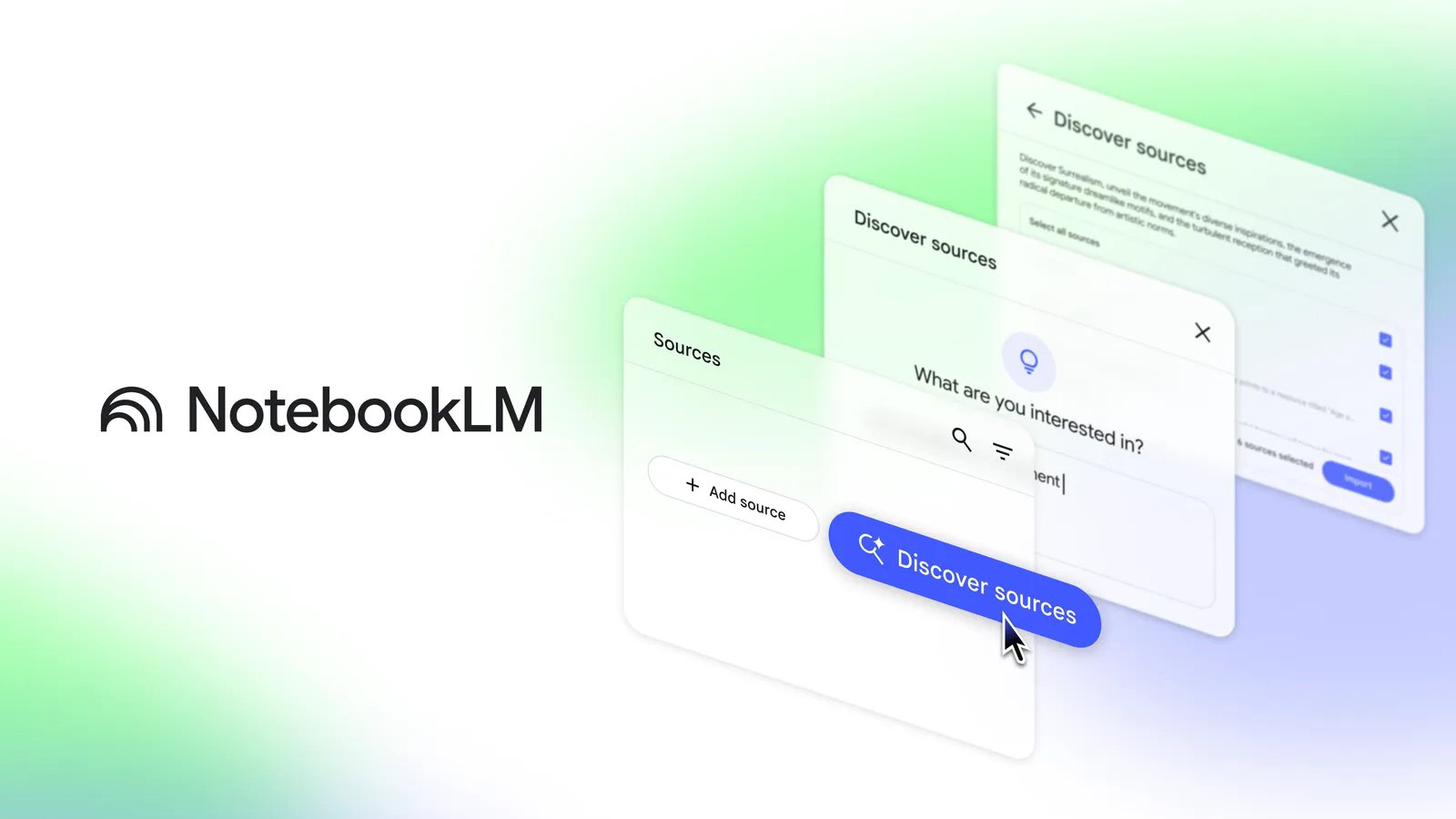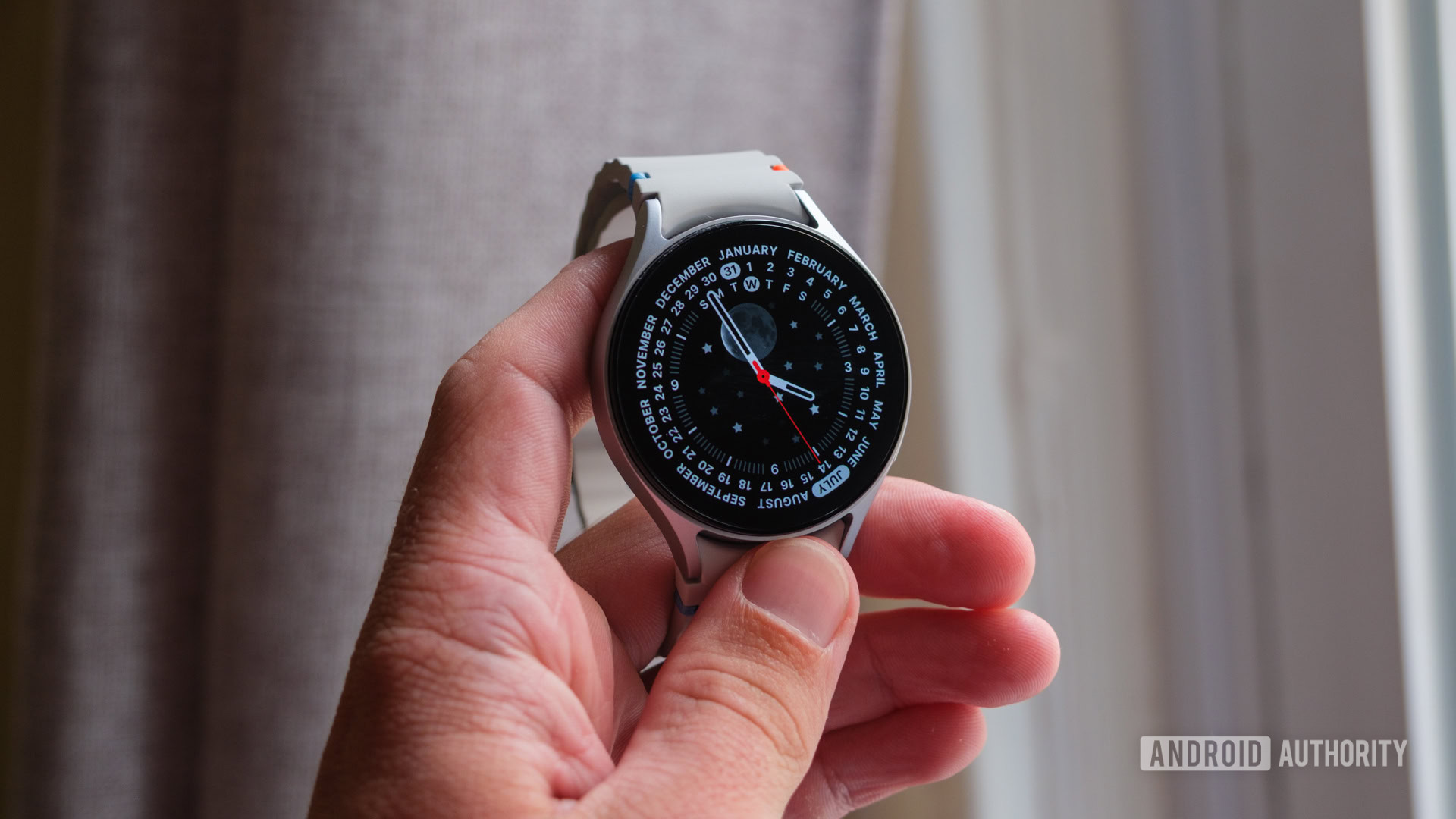Virtual Customer Premises Equipment: Redefining Network Infrastructure
Say goodbye to expensive hardware and hello to Virtual Customer Premises Equipment! Discover the game-changing technology that's taking the world by storm. Boost your connectivity and streamline your business operations with ease. Try it now!

Are you tired of maintaining bulky hardware and facing network connectivity issues? Are you looking for a smarter solution to simplify your network infrastructure? Look no further than the Virtual Customer Premises Equipment (vCPE)!
Introduction
The vCPE is a virtualized version of the traditional Customer Premises Equipment (CPE) used in telecommunication networks. It is a software-based solution that eliminates the need for hardware-based CPE devices, making network management more flexible, scalable, and cost-effective.
In this article, we will explore the benefits of vCPE, its architecture, and use cases. We will also answer some frequently asked questions about vCPE and its deployment.
Click Here to Get Sample Premium Report @
https://www.marketresearchfuture.com/sample_request/2397
Benefits of vCPE
· Scalability: The vCPE can scale up or down based on the changing network demands. This means that service providers can easily upgrade or downgrade their network infrastructure without replacing hardware-based CPEs.
· Flexibility: The vCPE can be deployed in various network environments, including the cloud, on-premises, and hybrid environments. It enables service providers to offer customized network services based on the customer's needs.
· Cost savings: The vCPE eliminates the need for hardware-based CPE devices, reducing hardware and maintenance costs. Moreover, it enables service providers to offer pay-as-you-go pricing models, reducing upfront costs for customers.
· Security: The vCPE enables service providers to offer secure network services by implementing security policies at the edge of the network. This helps to prevent cyber-attacks and data breaches.
vCPE Architecture
The vCPE architecture consists of two main components: the virtual CPE device and the virtual network functions (VNFs). The virtual CPE device is responsible for managing the network traffic and connecting to the VNFs.
The VNFs are software-based network functions that provide network services such as routing, switching, firewall, and NAT. They are deployed on a virtualization platform, such as a hypervisor, and can be scaled up or down based on the network demands.
The vCPE architecture enables service providers to deploy network services on-demand and offer customized network services based on the customer's needs. It also enables service providers to offer network services in a more cost-effective and efficient manner.
Use Cases of vCPE
The vCPE has a wide range of use cases in various industries, including:
· Telecommunications: Service providers can use vCPE to offer customized network services to their customers. For example, they can offer VPN, MPLS, or SD-WAN services on-demand.
· Healthcare: Hospitals and clinics can use vCPE to securely connect their medical devices to the cloud, enabling real-time data analysis and remote patient monitoring.
· Retail: Retail companies can use vCPE to manage their network infrastructure and offer secure payment processing services to their customers.
Browse Full Report Details @
https://www.marketresearchfuture.com/reports/virtual-customer-premises-equipment-market-2397
Conclusion
The Virtual Customer Premises Equipment (vCPE) is a game-changer in the world of telecommunication networks. It enables service providers to offer customized network services, reduce costs, and enhance security. Moreover, it is a flexible solution that can be deployed in various network environments, making it a smart choice for service providers and customers.
In summary, if you want to simplify your network infrastructure and enhance your network services, consider adopting vCPE today!
What's Your Reaction?
 Like
0
Like
0
 Dislike
0
Dislike
0
 Love
0
Love
0
 Funny
0
Funny
0
 Angry
0
Angry
0
 Sad
0
Sad
0
 Wow
0
Wow
0






















































